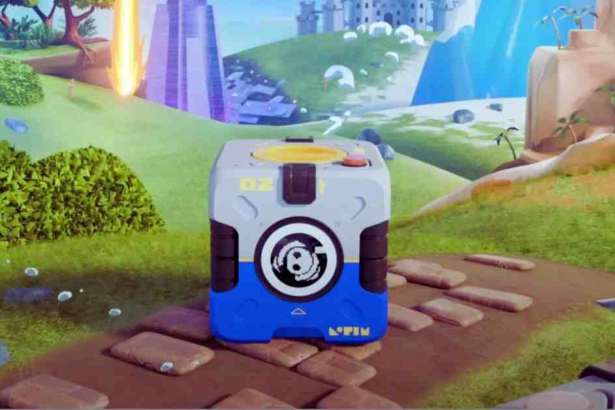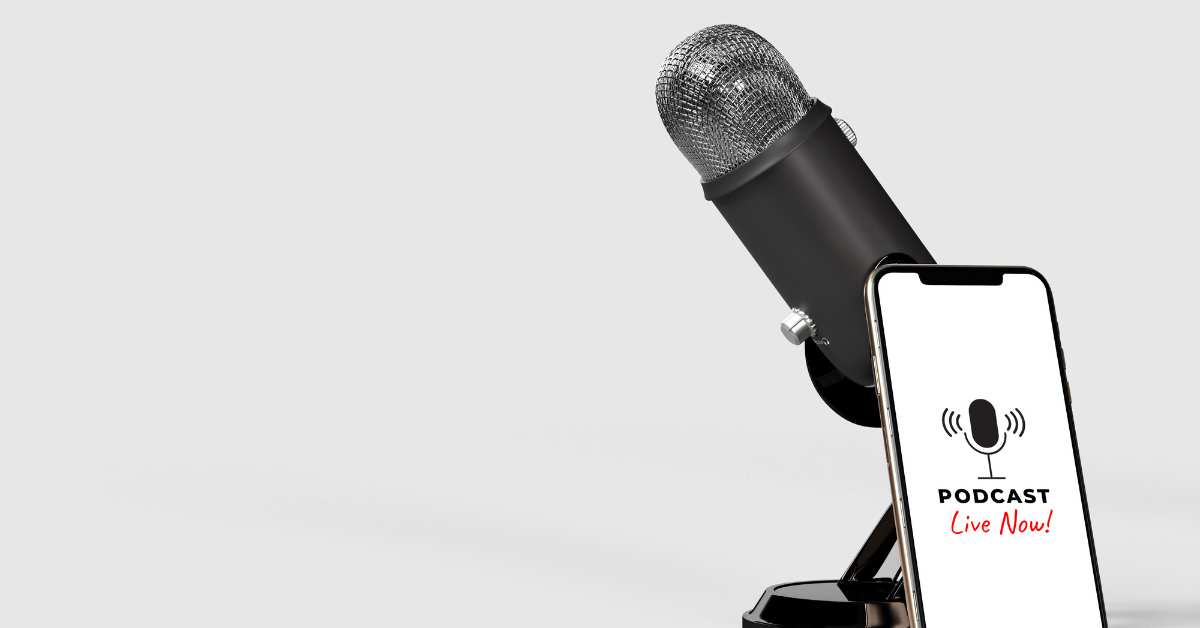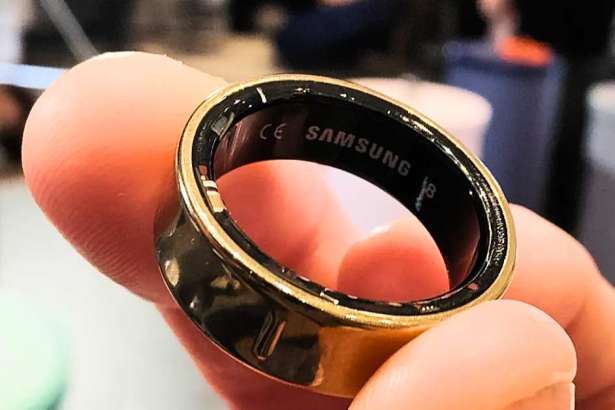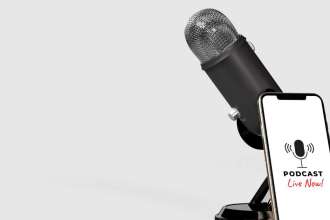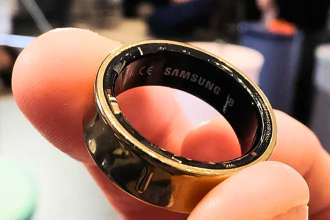In the ever-evolving landscape of technology, two innovative concepts have been making waves independently: Bitcoin and the Internet of Things (IoT). Bitcoin, the world’s first decentralized digital currency, has revolutionized the financial sector since its inception in 2009. IoT, on the other hand, has been transforming industries by connecting everyday objects to the internet, creating a web of interconnected devices that collect and exchange data seamlessly. But what happens when these two revolutionary technologies converge? In this article, we will explore the fusion of Bitcoin and IoT through the lens of blockchain technology and delve into the emerging platform known as RUFF that facilitates this synergy. If you’re new to the world of digital assets, it’s essential to understand NFTs and their role in the emerging metaverse.
Understanding Bitcoin and Blockchain Technology
Bitcoin: A Digital Revolution
Bitcoin, often hailed as digital gold, is a decentralized cryptocurrency that operates on a peer-to-peer network. It eliminates the need for intermediaries like banks, enabling direct transactions between users. The blockchain, a distributed ledger technology, underpins Bitcoin, recording every transaction in a secure and immutable manner.
Blockchain Technology: The Backbone of Bitcoin
At the heart of Bitcoin lies the blockchain, a transparent and tamper-proof ledger that stores transaction data in a chain of blocks. Each block contains a set of transactions, and once a block is added to the chain, it cannot be altered, ensuring the integrity of the data. This fundamental technology forms the basis for exploring its integration with IoT.
The Rise of IoT in Modern Society
IoT Unleashed
The Internet of Things, a paradigm shift in the digital era, refers to the network of interconnected devices that communicate and share data over the Internet. IoT devices range from smart thermostats and wearable fitness trackers to industrial sensors and autonomous vehicles.
Applications Across Industries
IoT’s applications span many industries, including healthcare, agriculture, transportation, and manufacturing. In healthcare, for instance, wearable IoT devices monitor vital signs and transmit data to healthcare professionals in real-time. In agriculture, IoT sensors optimize irrigation and monitor crop health. These examples showcase the versatility of IoT in enhancing efficiency, reducing costs, and improving the quality of life.
The Synergy between IoT and Blockchain
Exploring the Intersection
The convergence of IoT and blockchain is a natural progression in the tech world. Blockchain’s core features, such as security, immutability, and transparency, align with the requirements of IoT. Together, they address some of the critical challenges facing the IoT ecosystem.
Enhanced Security and Reliability
One of the primary advantages of combining IoT and blockchain is heightened security. Traditional IoT networks are susceptible to various vulnerabilities, including data breaches and unauthorized access. Blockchain’s cryptographic principles secure data, making it nearly impossible for malicious actors to alter or compromise information. Additionally, the decentralized nature of blockchain eliminates the single point of failure, enhancing the reliability of IoT networks.
RUFF: Bridging the Gap between IoT and Blockchain
Introducing RUFF
RUFF, short for “Ruff Chain,” is an emerging platform designed to bridge the gap between IoT and blockchain technology. It acts as a middleware that enables IoT devices to interact with blockchain networks seamlessly.
RUFF’s Role in IoT and Blockchain Integration
RUFF simplifies the integration of IoT and blockchain by providing a layer of abstraction. IoT devices can connect to RUFF, which handles the complex tasks of transaction verification and data storage on a blockchain. This simplification streamlines the process for developers and device manufacturers, making it more accessible to implement blockchain in IoT projects.
Case Studies: Successful Implementations of IoT and Blockchain
Real-World Projects
To understand the practical implications of combining IoT and blockchain, let’s examine some real-world case studies.
- Smart Grids: In the energy sector, smart grids leverage IoT devices to monitor and manage energy distribution. Blockchain ensures the security and transparency of energy transactions, allowing consumers to buy and sell excess energy directly.
- Supply Chain Management: IoT sensors track the movement and conditions of goods throughout the supply chain. Blockchain provides an immutable record of the journey, reducing fraud, ensuring product authenticity, and optimizing logistics.
- Healthcare: Wearable IoT devices collect patient health data, which is securely stored on a blockchain. Patients have control over their data, granting access to healthcare providers as needed while maintaining privacy and security.
Future Prospects and Challenges
What Lies Ahead
The integration of Bitcoin, IoT, and blockchain technology presents exciting possibilities for the future. Here are some potential developments to watch:
- Increased Adoption: As awareness of the benefits of IoT and blockchain integration grows, we can expect wider adoption across various industries.
- Regulatory Considerations: Governments must establish regulatory frameworks to ensure the responsible use of IoT and blockchain technology, particularly in sensitive areas like healthcare and finance.
- Scalability: The scalability of blockchain networks will be a critical factor in accommodating the massive influx of IoT data.
- Interoperability: Standards for interoperability between different IoT devices and blockchain platforms will be essential to ensure seamless integration.
Challenges to Address
Despite the promise of IoT and blockchain integration, several challenges must be addressed:
- Privacy Concerns: Storing sensitive IoT data on a public blockchain raises privacy concerns. Solutions involving private or permissioned blockchains are being explored.
- Energy Consumption: Bitcoin’s energy-intensive mining process may not be sustainable in an IoT context. Alternative consensus mechanisms are being researched.
- Costs: Implementing blockchain in IoT projects can be costly. Finding cost-effective solutions will be crucial for widespread adoption.
Conclusion
In the rapidly evolving landscape of technology, the convergence of Bitcoin, IoT, and blockchain offers a glimpse into a future where data is secure, transparent, and accessible. RUFF, as a bridging platform, holds the potential to simplify the integration of these groundbreaking technologies. Amidst these transformative possibilities, it’s essential to explore innovative solutions that can further enhance our technological landscape. As we navigate the complexities and challenges ahead, one thing remains clear: the synergy between Bitcoin and IoT, facilitated by blockchain, can reshape industries and redefine the way we interact with technology.


